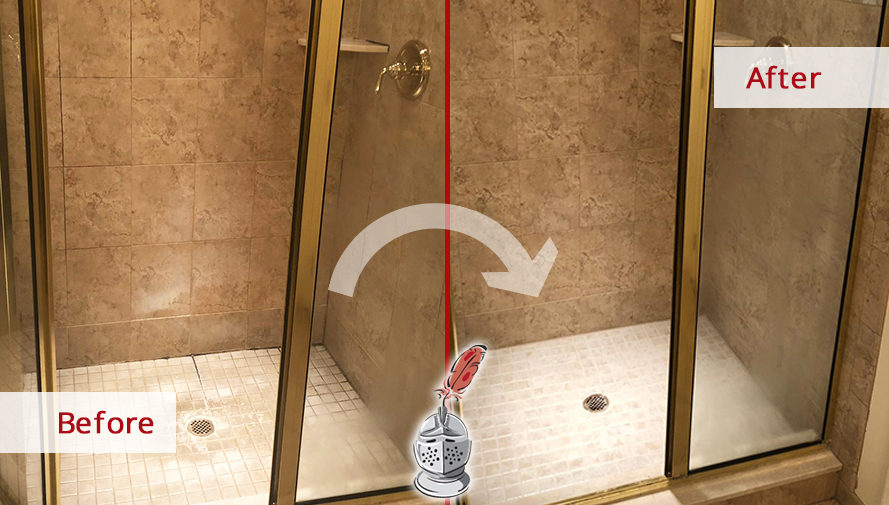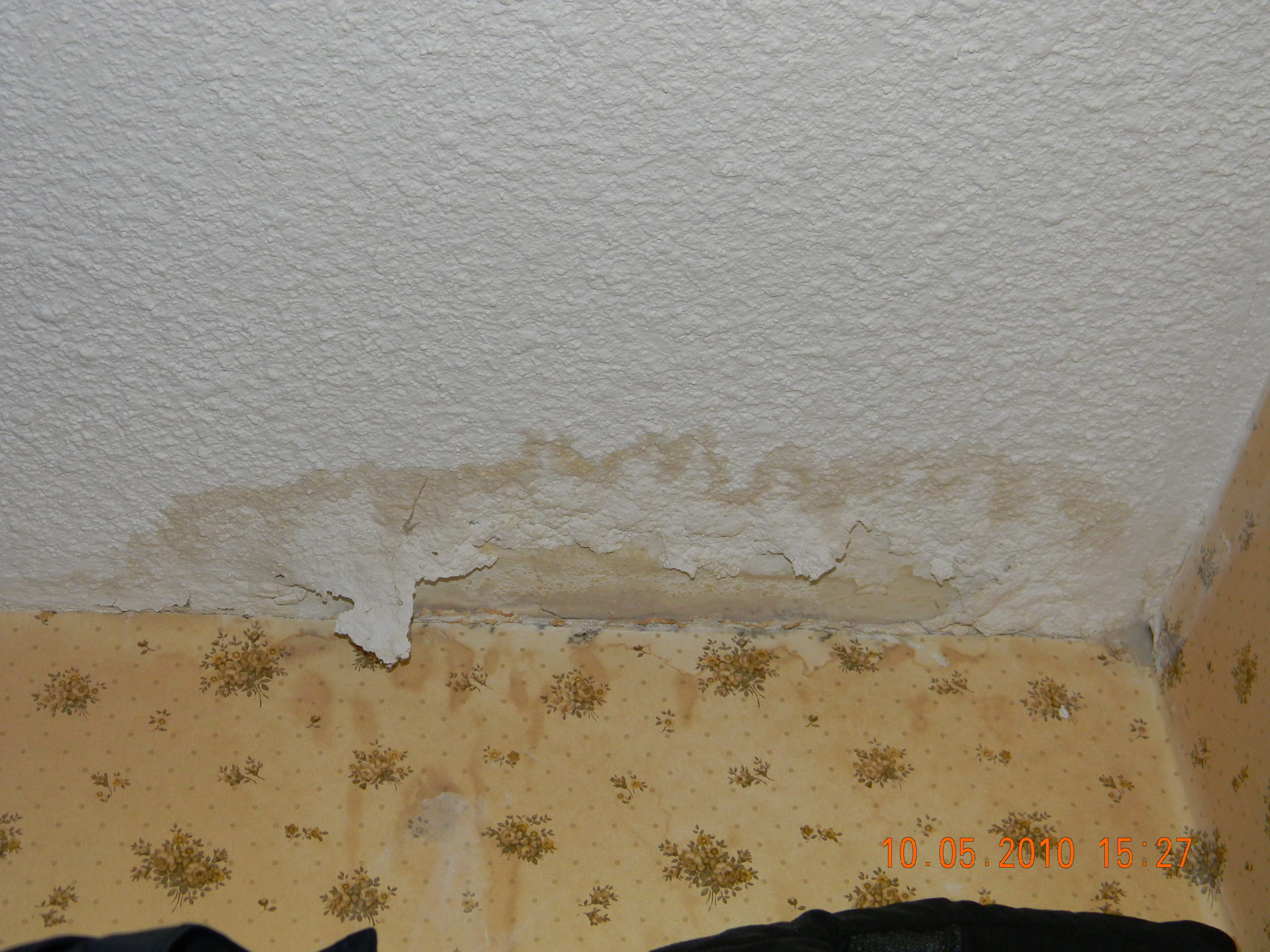Usual Root Causes Of Water Damage in a Bathroom
Usual Root Causes Of Water Damage in a Bathroom
Blog Article
This article in the next paragraphs in relation to Preventing Water Damage in the Bathroom is incredibly fascinating. Don't miss out on it.

The shower room is incredibly vulnerable for damp accumulation and also possible water damage due to the frequent use water in it. This post provides simple examination methods to help identifying water damages dangers.
The regular use of water in the bathroom makes it very prone for damp accumulation and also prospective water damage. By inspecting it regularly, you can lower water related problems.
The adhering to set of inspections is very easy to carry out and need to be done when in every three months in order to maintain your restroom in good shape and also to stop prospective water damages brought on by the tub, the shower, pipeline joints and plumbing, sinks, closets, as well as the toilet
Do not forget doing these inspections as well as be thorough while performing them. Remember that these straightforward inspections can conserve you a lot of cash by offering very early indicators for water damages
Tub as well as Shower
The shower and also tub require unique attention and also maintenance. Examine the ceramic tiles and also replace if fractured. Make certain that there is no missing cement in between the ceramic tiles. Evaluate as well as change broken caulking at joints where the wall surfaces meet the flooring or the bathtub. Blocked drains as well as pipelines problems will certainly avoid the bathtub from drying out and might show major troubles beneath the tub. Consult with an expert promptly to prevent structural damage. Pay attention to stainings or soft areas around the bath tub wall surfaces as they may suggest an internal leak.
Plumbing
Signs for water damages are tough to spot considering that the majority of pipes are set up inside the walls.
Pay unique focus to flooring as well as wall surfaces moisture as well as spots as they might indicate an unnoticeable plumbing issue. Examine moisture degrees in adjacent rooms also.
Sinks as well as Cabinets
Sinks and also cabinets are exposed to wetness and also moisture daily and are typically ignored. Examine on a regular basis under the sink as well as on the kitchen counter over it. Repair any type of drip in the catch as it might recommend drain problems. Take a look around the sink, sluggish draining pipes might indicate a blocked drain. Change sink seals if they are split or loosened.
The Commode
The commode is a vulnerable water joint. Check the water lines and search for leaks around the toilet seat, in the pipe, as well as under the water storage tank. If you find any kind of indicators of dampness on the flooring around the commode, look for leakages in the toilet edge and also container seals.
Be aware that hanging toilet dish antiperspirants boosts the possibilities for blockages.
Water Damage Signs In The Bathroom To Avoid Cleanup
Musty smell
This is one of the easiest signs to catch because musty smells are so odorous. The damp, earthy, moldy smell should be a big red flag. The smell will develop when moisture gets trapped in surfaces, and begins to facilitate mold growth. Leaking pipes under cabinets, inside walls, and behind shower fixtures will cause moisture to stay trapped and not dry, which will lead to mold growth and spread. As soon as you notice any musty smells in your bathroom, have it checked for hidden water damage and cleanup signs.
Visible mold
If the smell isn’t there to give it away, sometimes you will actually see mold growth. Finding mold in your bathroom is a serious problem, because mold is very harmful to your health. By the time mold growth is visible, it also means that water damage has already occurred and been present for some time. The only way the mold problem can be resolved is to find the source of the moisture and get it stopped. To safely and adequately remove mold, you need to have professionals handle the remediation. Do not waste any time in getting mold problems addressed, fixed, and sanitized so that you can protect you and your family from the many respiratory symptoms caused by mold exposure.
Damaged floors
Bathroom floors should be able to withstand some exposure to water while still remaining in good condition. However, when excess exposure or water leaks occur, they will begin to damage even the most water-resistant flooring. If you notice any cracking, bubbling, staining, or warping on your bathroom floors, there is probably a water leak somewhere causing the distortion. If you notice areas of the floor have become softer, or even have a spongy feeling, there is probably damage to the subfloor. Subflooring is typically made up of plywood. When plywood is exposed to water or moisture, it will absorb it. Once it has become saturated, the weight of the excess water will cause the wood to swell and soften. Check the floors in your bathroom frequently to catch any of these sings before they lead to damaged subflooring.
Changes on walls
When water leaks behind walls, it will cause changes in the drywall. Peeling plaster, blistering paint, and soggy wallpaper are all good indicators that excess water is building up behind the wall. Water leaking behind drywall will cause it to swell and be soft to the tough. If you start to notice gaps along the trim of your walls, or where tile meets the wall, it could also be a strong indicator that there is a leak behind the wall. Any changes, distortion, or damage on the walls should be evaluated as soon as you notice it to prevent further water damage and cleanup.

As an avid reader about Common Causes of Water Damage in a Bathroom, I figured sharing that excerpt was necessary. Sharing is nice. Helping people is fun. Thank you for your time. Kindly come by our site back soon.
Book Today! Report this page